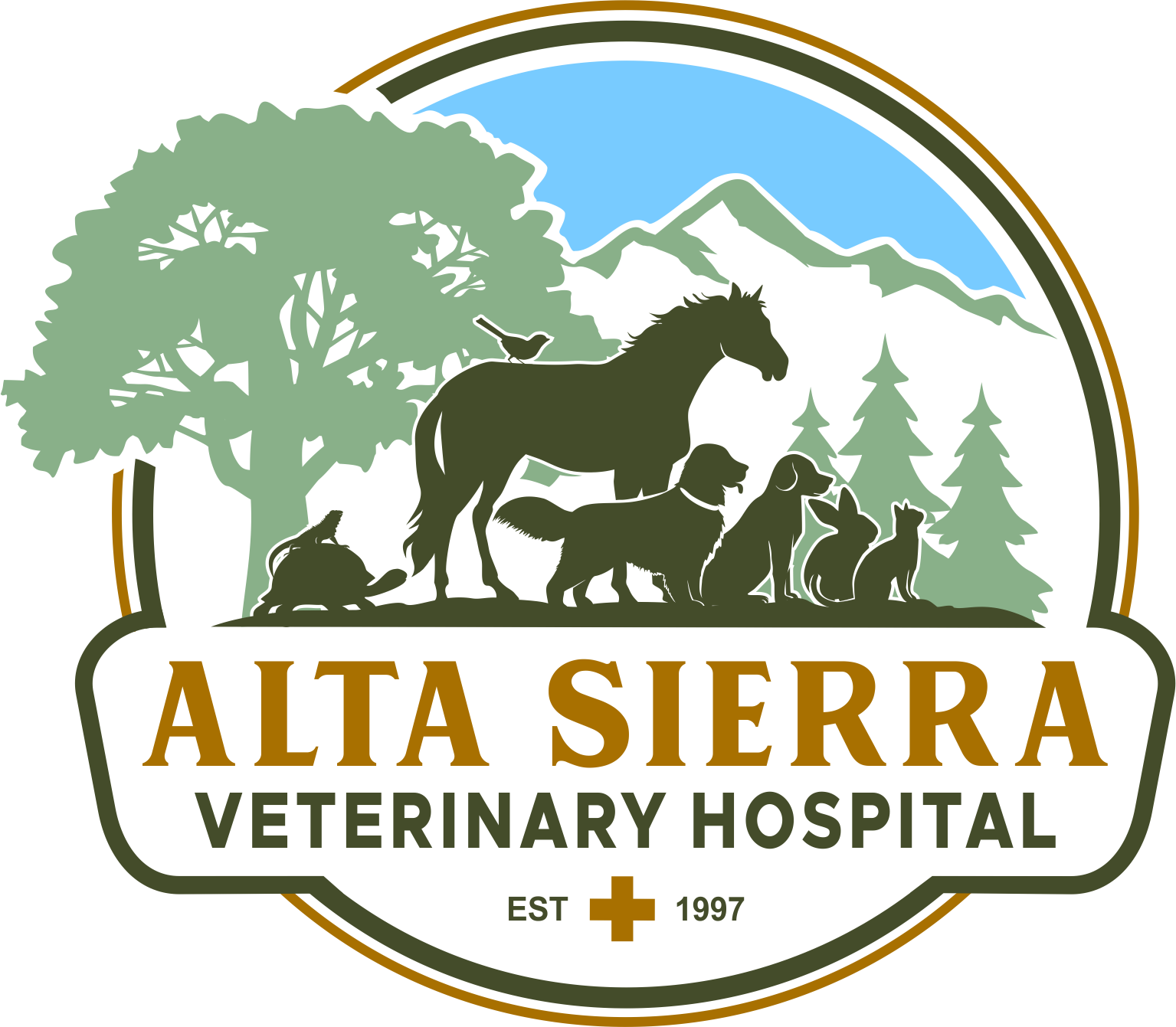Library
-
Spironolactone + hydrochlorothiazide is a combination aldosterone antagonist (spironolactone) and thiazide diuretic (hydrochlorothiazide) used to remove excess fluid and salt from the body in cats and dogs. This medication can be used in combination with other drugs to lower blood pressure and for protective effects on the heart muscle. It has also been used in dogs with fluid-up in the abdomen due to liver failure.
-
St. John’s wort is given by mouth and is used over the counter to treat pain, depression, anxiety, and other conditions. Give as directed by your veterinarian. The most common side effects include gastrointestinal upset, sun sensitivity, skin reactions, allergic reactions, dry mouth, or restlessness. Do not use in pets that are allergic to it, pregnant, nursing, very young, or very old or debilitated. If a negative reaction occurs, please call your veterinary office.
-
Stanozolol is given by mouth and is used off label to treat poor appetite, anemia, tracheal collapse, and other conditions. Give as directed by your veterinarian. Side effects may include behavior changes, limb swelling, or prevention of heat cycles. Do not use in pets that are allergic to it, are pregnant, breeding, or nursing. Pregnant women should NOT handle this medication. If a negative reaction occurs, please call your veterinary office.
-
Stem cells are unspecialized cells that can renew themselves though cell division. Under certain conditions, they can become a specific tissue or organ cell. Stem cell therapy is the process of placing stem cells from the body into diseased or damaged tissues. This process is often referred to as regenerative medicine.
-
Stomach tumors are uncommon in dogs and cats. There are many kinds, including leiomyosarcomas, lymphomas, adenocarcinomas, mast cell tumors, fibrosarcomas, plasmacytomas, gastrointestinal stromal tumors (GISTs), carcinoids, leiomyomas, adenomatous polyps, and adenomas. Most tumors are malignant. Stomach tumors are more prevalent in older animals, males, and certain breeds.
-
Stud tail, or tail gland hyperplasia, is a condition in which the oil glands near the base of the tail enlarge. This condition causes hair loss, excess accumulation of oils in the skin and on the fur, plugged hair follicles, and secondary infections. It is more prevalent in intact male cats, as these glands are under hormonal control, but any cat can be affected. Poor grooming can be the underlying issue in many cats. Other hormonal imbalances and skin disorders are less common causes. Prognosis is generally good, especially if the underlying cause can be identified and controlled.
-
Supplemental fluids can benefit cats with a variety of medical conditions. Your veterinarian can teach you to administer fluids subcutaneously (under the skin). Giving injections is outside the comfort zone for most outside the medical profession but is not nearly as difficult as it sounds.
-
Many pets initially resist having their claws trimmed. This is partly because their paws are sensitive and partly because they are uncomfortable being restrained for the procedure. By taking the time to do some gentle, systematic training and conditioning, you can teach your pet to relax and accept nail trims as part of their regular health maintenance program.
-
Many pets are sensitive to being restrained for grooming. With slow progress and positive rewards, your pet can learn to accept or even enjoy having their teeth cleaned.
-
Sucralfate is given by mouth and is used off-label to treat ulcers and erosions in the mouth, esophagus, stomach, and upper small intestine. Give as directed. Side effects are uncommon but may include constipation. Do not use in pets that are allergic to this medication. If a negative reaction occurs, please call your veterinarian.

